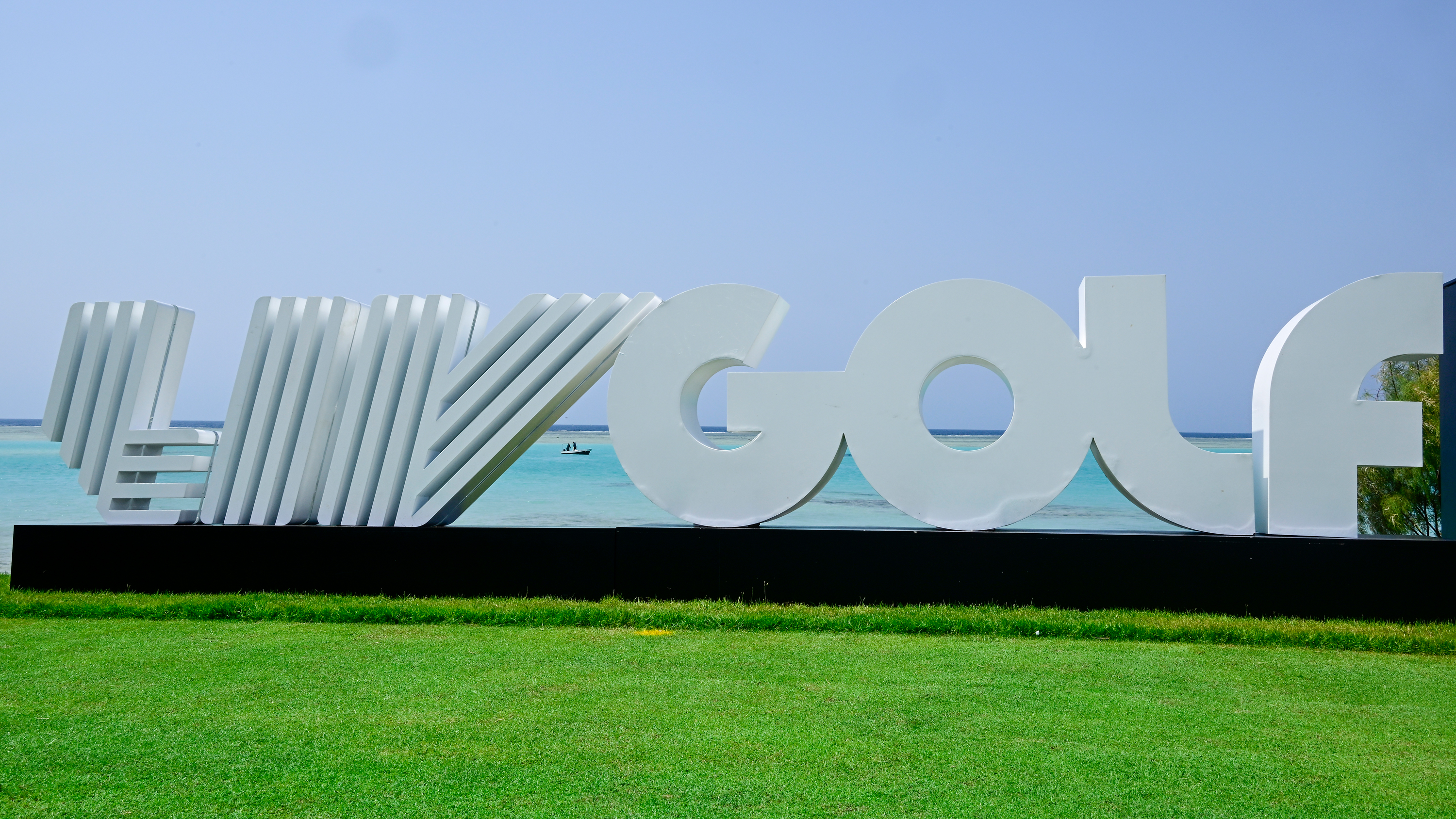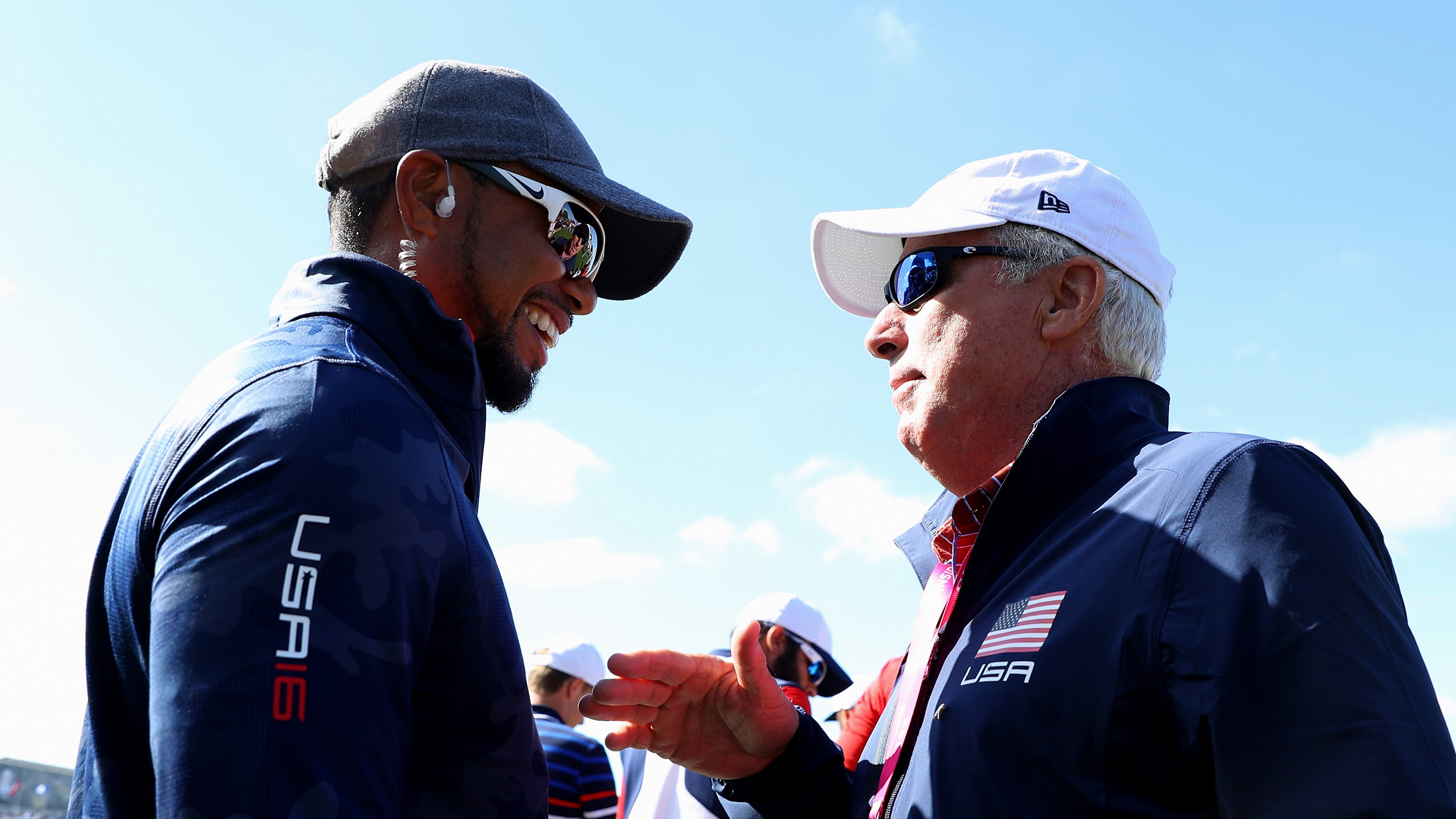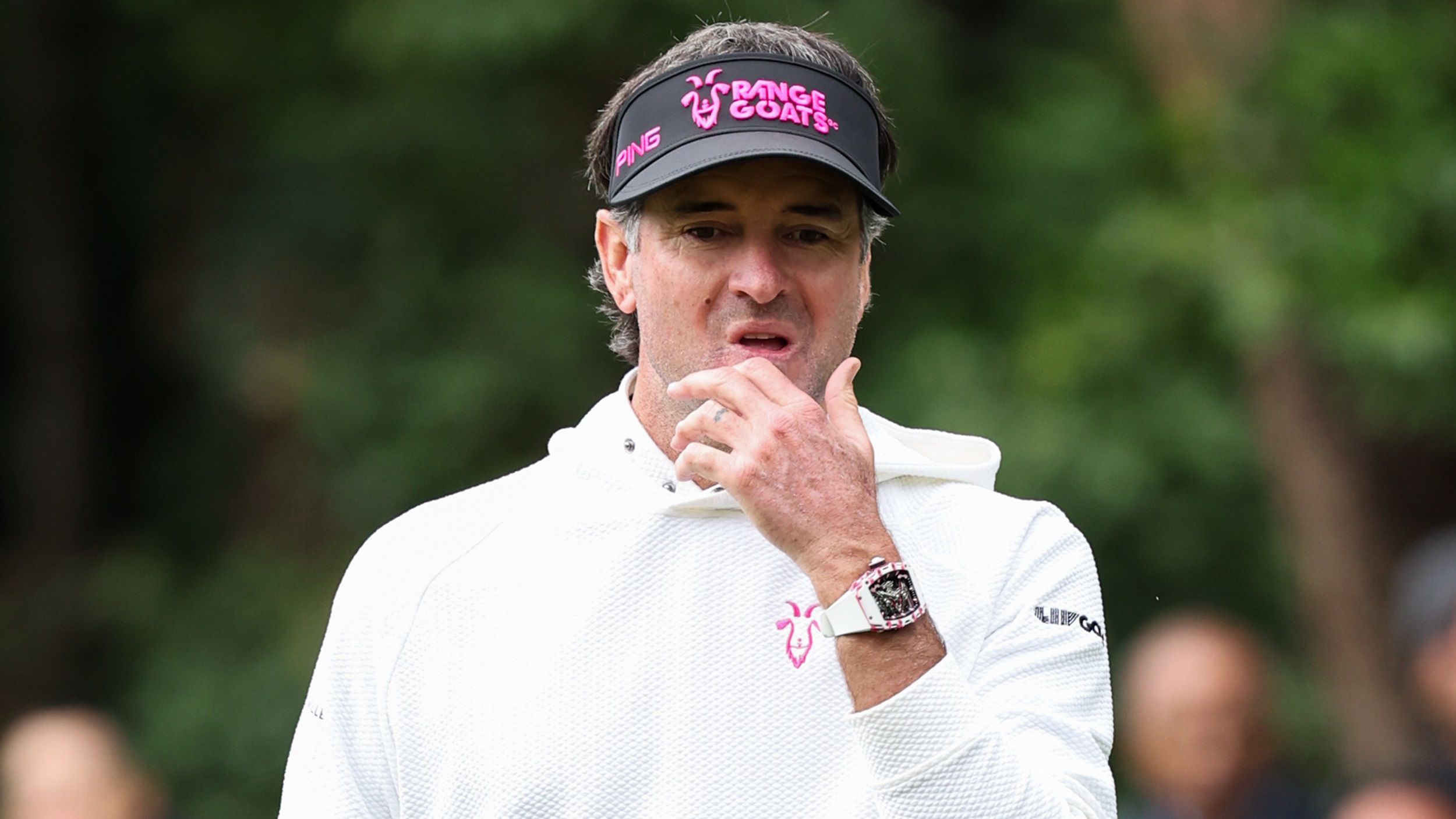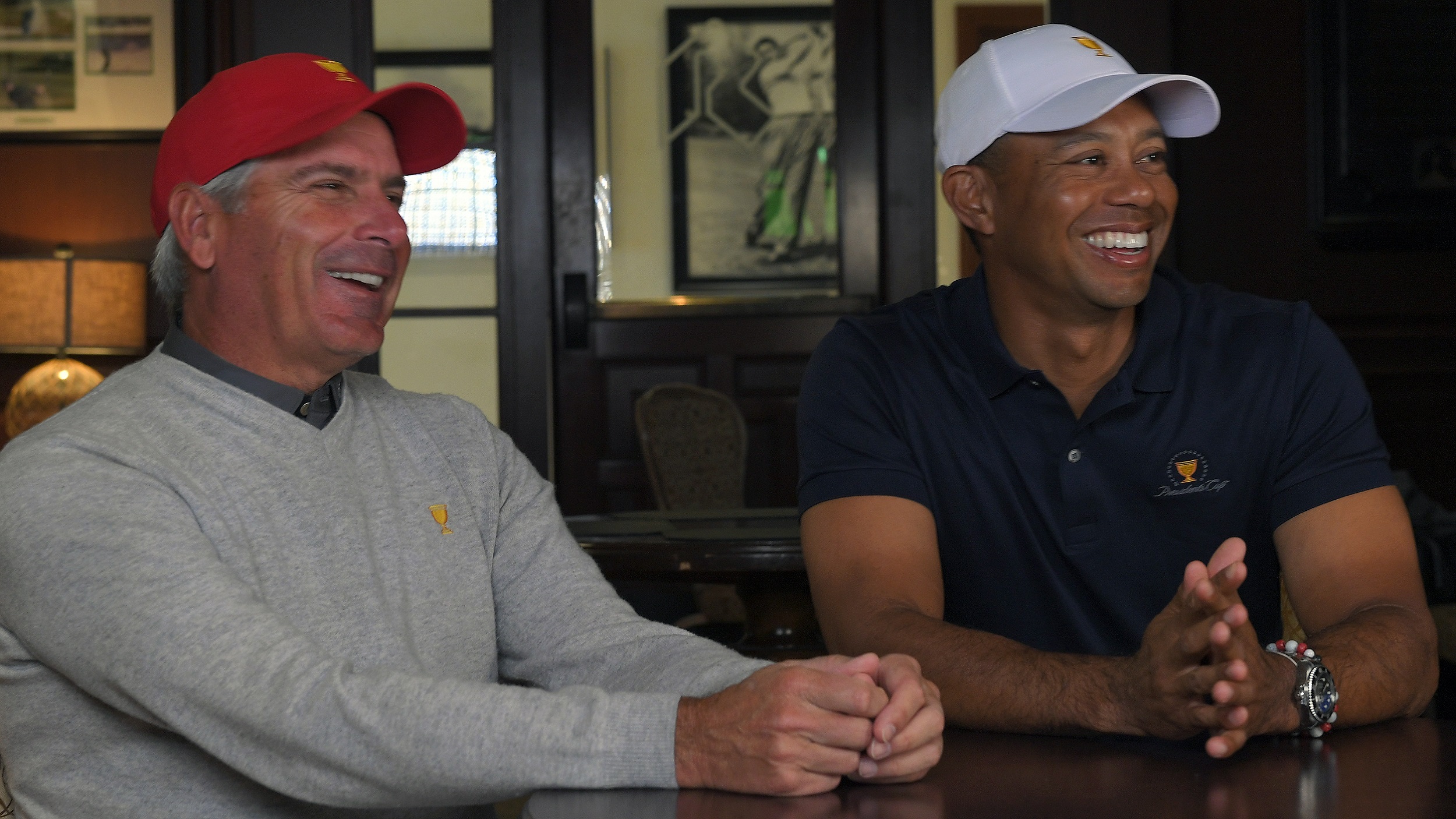Why LIV Golf Needs A History Lesson
LIV Golfers have enjoyed a year of bumper cheques. 160 years of men’s professional tournament golf have made that possible.


When the first Open Championship took place at Prestwick in 1860, the competitors played for a prize fund of exactly zero. They were able to make some money by caddying for Prestwick members during the week, maybe a few side bets were placed to boot.
This year, Dustin Johnson picked up over $35 million in prize money alone through LIV Golf. It’s fair to say Old Tom Morris would choke on his porridge if he heard that, and then dismiss it as nonsensical claptrap.
It would have seemed impossible at that time that golfers could become rich, let alone live among the “super-rich.” But a lot happened to make that possible.
At the turn of the 20th century, Harry Vardon became golf’s first international superstar, touring the USA, promoting golf balls carrying his name, making quite a bit of money.
In the 1920s, Walter Hagen hung with the stars and rejected the concept of golf professionals as second-class citizens. He, then Gene Sarazen and then players like Ben Hogan, Byron Nelson and Sam Snead grew the game’s popularity in the USA and abroad.
In the early 1960s, Mark McCormack’s big three of Arnold Palmer, Jack Nicklaus and Gary Player were attracting a new audience, thanks in no small part to rapidly increasing numbers of TV viewers.
The PGA Tour attracted sponsors and money and the prize funds climbed. By 1970 the average PGA Tour event had a purse north of $100,000, by 1980 it was past $250,000 and by 1990 it was up to $1,000,000.
Get the Golf Monthly Newsletter
Subscribe to the Golf Monthly newsletter to stay up to date with all the latest tour news, equipment news, reviews, head-to-heads and buyer’s guides from our team of experienced experts.
Then, mid-way through that decade, a rare sporting talent emerged on the golfing scene. Tiger Woods sent men’s professional golf into the stratosphere. By 2000, players were competing for $1,000,000 first prizes, sponsorship deals were worth millions more and those eyewatering numbers continued to rise almost exponentially through the first two decades of this century.
Men’s professional golf evolved over a century and a half from a selection of likely lads in tweeds knocking it round for a few quid in side-bets to an established network of tournaments and circuits supporting thousands of players, employing thousands of others in administration, event support, the media and all the other associated businesses.
All those involved in top level golf today owe a great debt to those pioneers who went before to transform and develop the sport into the multi-billion-dollar industry it is today.
There’s always been a great deal of respect and reverence within the pro game for its history – Tournaments and awards carrying the names of great players of the past for instance. But players themselves have also always been conscious of those who went before, those who have made their position of wealth and status possible.
LIV Golf could do with being a little more deferential than defensive, a little more cognisant of what has facilitated their newfound wealth – It’s not just Saudi gold, it’s also 150 years of work and the evolution of a professional industry. As it is, LIV doesn’t seem like a continued evolution of professional golf, more of a smash and grab.
Rocco Mediate recently said that LIV Golfers could offer the PGA Tour a thank you. And it’s not just those most recent players (Tiger Woods probably deserves a particular thanks mind you.) From Hagen and Hogan to Palmer and Nicklaus, Seve and Faldo, together with those who established TV deals, forged tours around the world, developed management firms and struck deals with sponsors, all have contributed to create a situation where pro golfers enjoy such obscenely high pay days.
LIV Golf couldn’t exist without its financial backing, but it wouldn’t exist without a century and a half of professional golf tournaments to stand upon. They might consider that a little more humbly.

Fergus is Golf Monthly's resident expert on the history of the game and has written extensively on that subject. He has also worked with Golf Monthly to produce a podcast series. Called 18 Majors: The Golf History Show it offers new and in-depth perspectives on some of the most important moments in golf's long history. You can find all the details about it here.
He is a golf obsessive and 1-handicapper. Growing up in the North East of Scotland, golf runs through his veins and his passion for the sport was bolstered during his time at St Andrews university studying history. He went on to earn a post graduate diploma from the London School of Journalism. Fergus has worked for Golf Monthly since 2004 and has written two books on the game; "Great Golf Debates" together with Jezz Ellwood of Golf Monthly and the history section of "The Ultimate Golf Book" together with Neil Tappin , also of Golf Monthly.
Fergus once shanked a ball from just over Granny Clark's Wynd on the 18th of the Old Course that struck the St Andrews Golf Club and rebounded into the Valley of Sin, from where he saved par. Who says there's no golfing god?
-
 I’m A PGA Golf Coach - Here's Why I Made Sure My Kids Can Play Golf
I’m A PGA Golf Coach - Here's Why I Made Sure My Kids Can Play GolfFrom life lessons to lifelong friendships, Top 50 Coach Katie Dawkins on what golf can give your children
By Katie Dawkins
-
 Rory McIlroy's Masters Win More Popular Than Tiger Woods In 2019 As Incredible TV Ratings Released
Rory McIlroy's Masters Win More Popular Than Tiger Woods In 2019 As Incredible TV Ratings ReleasedMcIlroy's role as golf's primary needle-mover continued on Sunday as the Northern Irishman's fifth Major attracted an awful lot of eyeballs in the USA...
By Jonny Leighfield
-
 Tiger Woods Will 'Probably Dominate' The Senior Tour - Jack Nicklaus Makes Confident Prediction After 15-Time Major Winner's Latest Surgery
Tiger Woods Will 'Probably Dominate' The Senior Tour - Jack Nicklaus Makes Confident Prediction After 15-Time Major Winner's Latest SurgeryThe 18-time Major champion is confident that Tiger Woods will return from injury and taste success once he turns 50 in December
By Elliott Heath
-
 Tiger Woods Heads List Of 17 Past Masters Champions Not Playing At Augusta National In 2025
Tiger Woods Heads List Of 17 Past Masters Champions Not Playing At Augusta National In 2025Tiger Woods is the big name on the list this year as one of 17 past Masters champions not playing in the 2025 tournament at Augusta National
By Paul Higham
-
 'I Can't Believe I'm Saying This' - Tiger Woods Hints At Shock Augusta Appearance Before Revealing True State Of His Achilles In April Fools Joke
'I Can't Believe I'm Saying This' - Tiger Woods Hints At Shock Augusta Appearance Before Revealing True State Of His Achilles In April Fools JokeWoods was apparently keen not to miss out on the whimsical nature of April 1 by posting a playful update on his recovery from Achilles surgery
By Jonny Leighfield
-
 'The People Can’t Get Enough Of Him. We Can’t Get Enough Of Him. It Would Be Sad That He Wouldn’t Come Back Here And Play In The Future' - Major Champions Call On Tiger Woods To Become 'Ceremonial' Masters Player Once He Retires
'The People Can’t Get Enough Of Him. We Can’t Get Enough Of Him. It Would Be Sad That He Wouldn’t Come Back Here And Play In The Future' - Major Champions Call On Tiger Woods To Become 'Ceremonial' Masters Player Once He RetiresTwo-time US Open winners Andy North and Curtis Strange responded to questions about Tiger Woods' future in golf prior to the 89th Masters tournament
By Jonny Leighfield
-
 'Tiger Did Some Stuff In 2000...But Scottie’s Year Was The Best We’ve Ever Seen' - Bubba Watson Sparks Debate With Controversial Scheffler Claim
'Tiger Did Some Stuff In 2000...But Scottie’s Year Was The Best We’ve Ever Seen' - Bubba Watson Sparks Debate With Controversial Scheffler ClaimBubba Watson has sparked a huge golfing debate after claiming Scottie Scheffler's 2024 season was better than Tiger Woods' all-conquering 2000 campaign
By Paul Higham
-
 ‘It’s The Craziest Thing In The History Of Sport What Tiger Woods Did’ - Brandel Chamblee Questions 15-Time Major Winner’s Swing Changes During Peak Of Career
‘It’s The Craziest Thing In The History Of Sport What Tiger Woods Did’ - Brandel Chamblee Questions 15-Time Major Winner’s Swing Changes During Peak Of CareerSpeaking on the Dan on Golf podcast, Chamblee claimed that Woods' move to coach, Hank Haney, in 2004 was one of the 'craziest things in the history of sport'
By Matt Cradock
-
 'Love Is In The Air' - Tiger Woods Announces Relationship With Vanessa Trump
'Love Is In The Air' - Tiger Woods Announces Relationship With Vanessa TrumpThe 15-time Major winner announced on social media that he and Vanessa Trump are together
By Elliott Heath
-
 'He's In Great Spirits' - Fred Couples Issues Upbeat Bulletin On Tiger Woods As He Starts Latest Recovery
'He's In Great Spirits' - Fred Couples Issues Upbeat Bulletin On Tiger Woods As He Starts Latest RecoveryTiger Woods is "in great spirits" as he starts his latest injury comeback from a ruptured Achilles - according to close friend Fred Couples
By Paul Higham